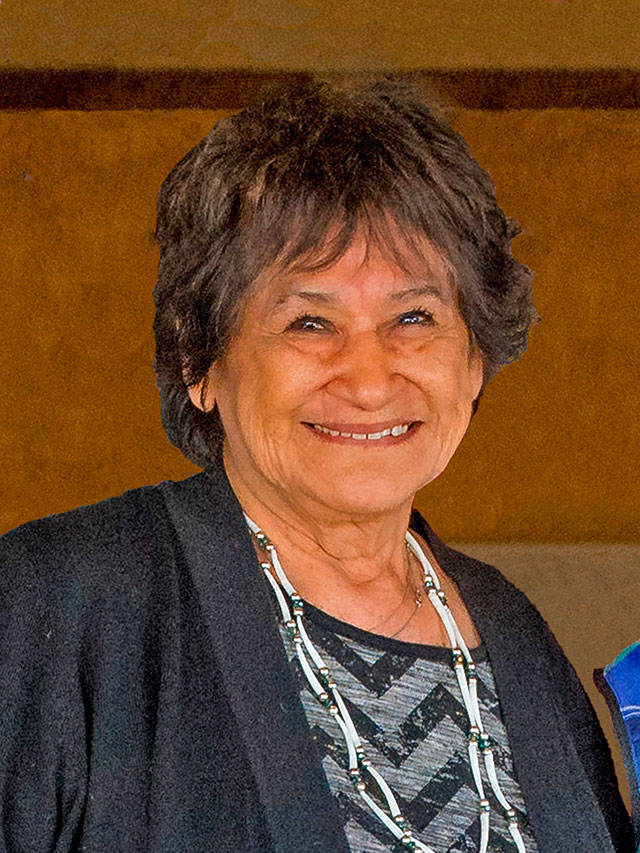We’ve seen some real progress over the past few years in efforts to prevent human waste from damaging the health of Puget Sound and the Washington coast. Still, we face a chronic problem with outdated wastewater treatment plants that undermine those gains even though we have the technology to address the problem right now.
After years of protest, Victoria, B.C., finally constructed a new wastewater treatment plant, ending its century-long practice of dumping millions of gallons of untreated sewage annually into the Strait of Juan de Fuca. Much of the sewage contained excess levels of nutrients, ammonia, fecal coliform bacteria, microplastics and toxins that harm all parts of Puget Sound and coastal ecosystems.
In another victory, we held off a move by the Trump administration and maritime industries to block implementation of a new no-discharge zone for human waste from boats in Puget Sound.
Under previous regulations, boats could dump partially treated sewage anywhere in the sound. Raw sewage could be flushed from boats three miles from shore. The new regulations prevent sewage from being dumped within a 2,300-square-mile area of Puget Sound, as well as lakes Union and Washington.
There’s even an app called Pumpout Nav to help boaters locate more than 200 pumpout stations in the zone.
These improvements are being undermined by inadequate wastewater treatment and persistent unintentional sewage releases from outdated Puget Sound wastewater treatment plants such as King County’s West Point water treatment plant.
Excess nutrients such as nitrogen in human waste fuel algae blooms that disrupt the food chain by removing oxygen from the water. Algae blooms result in fish kills and can harm people by making shellfish unsafe to eat. These nutrients also contribute to ocean acidification.
Sewage treatment plants in the Puget Sound region dump about 26 million pounds of nitrogen into the sound each year, according to the state Department of Ecology. Those numbers will continue to grow as more people move to the region.
The good news is that Ecology is requiring about 60 municipal wastewater treatment plants to reduce the amount of nitrogen they release. That’s in addition to a list of other improvements recommended by an advisory committee of tribes, state and federal agencies, wastewater utilities and environmental groups.
These necessary upgrades could take 10-15 years to complete.
That’s too long. Our population is only going to grow faster in the coming decades, making the problems worse and more costly to fix.
We already possess the technology to remove nutrients from wastewater entering Puget Sound. In fact, the Lacey/Olympia/Tumwater/Thurston County (LOTT) Clean Water Alliance has been doing it for years.
LOTT is an intergovernmental nonprofit organization that manages wastewater treatment for the three cities and county. It has the most stringent nutrient discharge limits of any wastewater treatment plant on Puget Sound. That’s because LOTT ratepayers invested millions to add nutrient removal at its Budd Inlet Treatment Plant about 20 years ago.
It’s been more than 30 years since the Ecology required municipalities to update wastewater treatment plant technology. Ecology more recently concluded that Puget Sound’s five largest treatment plants represent approximately two-thirds of municipal wastewater flows. Had these plants upgraded treatment when LOTT did, we would see improvement throughout the sound today.
Unfortunately, some cities around Puget Sound have been fighting Ecology’s efforts to restrict nutrients in Puget Sound. The city of Tacoma has sued the agency, claiming that new requirements would be too costly to implement.
That’s shortsighted because those costs are not going to get any lower and neither is the strain on wastewater infrastructure from the influx of newcomers in the region. We can pay now or pay a lot more later.
Right now, we are all paying with risks to our health. It doesn’t take much sewage to close shellfish harvest or to make people sick. Tribes pay a higher price because pollution robs us of our ability to exercise our treaty-reserved right to harvest fish and shellfish that are central to our economies and cultures.
There might be some hope in President Biden’s plan to rebuild our country’s degraded infrastructure, which includes funding to upgrade water treatment systems. It’s unclear if any of that funding will find its way to Puget Sound, so we need state, tribal and local governments, and others to demand it.
At the very least we should be following the federal Clean Water Act and Washington state laws that require the use of “all known, available and reasonable methods” to prevent water pollution. A first step would be to stop using Puget Sound as part of our sewer system.
Lorraine Loomis is chair of the Northwest Indian Fisheries Commission. See nwifc.org.



